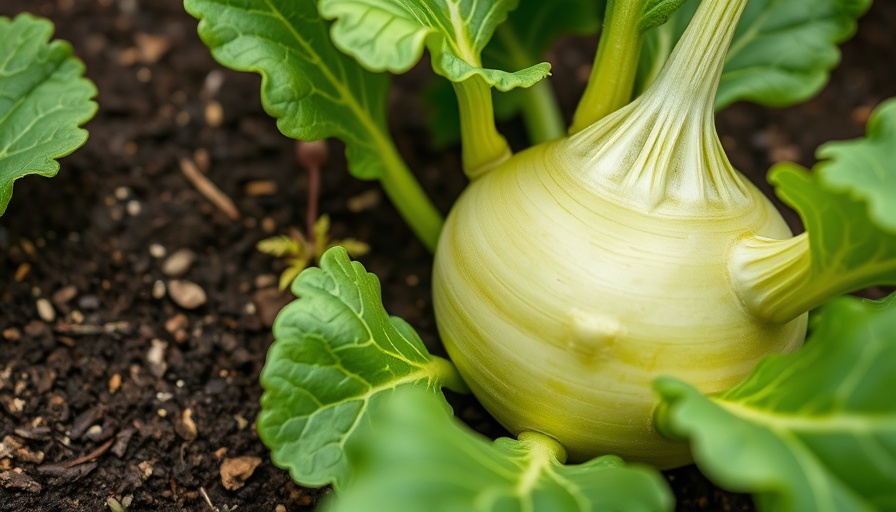
Understanding the Right Spacing for Kohlrabi
Kohlrabi, or Brassica oleracea var. gongylodes, is a delicious and crisp cool-season vegetable that often gets overlooked in grocery stores. But growing it in your backyard garden allows you to enjoy its unique flavor and crisp texture right when it's fresh. However, successful kohlrabi gardening hinges on proper spacing. Get it right, and your plants will thrive; get it wrong, and you may end up with distorted, stunted vegetables or wasted garden space. In this article, we’ll provide you with essential gardening tips on how far apart to plant kohlrabi for optimal growth.
Essential Spacing for Planting Seedlings
If you want to start kohlrabi early, sowing seeds indoors is an excellent way to get a head start on the growing season. Use a quality potting mix and plant three seeds per small nursery pot or tray. Once your seedlings have grown two pairs of true leaves, it’s important to thin them out, leaving just one strong seedling per pot. This not only frees up space in the pot but also allows the remaining seedling to thrive. If you’re unsure about starting from seed, check out our comprehensive guide to growing kohlrabi from seed for in-depth information.
Row Planting Strategy to Maximize Growth
When transplanting kohlrabi seedlings into your garden, aligning them with proper spacing will ensure they grow robustly. A spacing of four inches apart in rows is optimal, with those rows spaced twelve to eighteen inches apart. This strategic arrangement allows air circulation while maximizing sunlight exposure, which is vital for vegetables. If you’re directly sowing seeds outdoors, place three seeds every four inches in the row. Once they germinate and grow two sets of true leaves, be sure to thin them down to one plant per four inches to avoid overcrowding, which is a common mistake many gardeners make.
Using the Square Foot Gardening Method
For avid gardeners adopting the square foot gardening method, kohlrabi fits perfectly into this system. In a one-foot grid section, you should plan to sow or transplant nine kohlrabi plants, positioning them four inches apart. This system not only maximizes space but also enhances access for care and maintenance. Square foot gardening is particularly adept for raised beds, making it a popular choice among urban gardeners looking to optimize every inch of their garden.
Avoiding Overcrowding: The Key to Healthy Plants
Overcrowding can lead to a myriad of issues, including reduced yields and problems with pests. When kohlrabi plants are too close, they’re likely to compete for nutrients, light, and water, stunting their growth. Implementing proper spacing guidelines will not only allow each plant to flourish but will also facilitate easier watering and pest control. Regularly maintaining your garden and adjusting spacing as needed can lead to a flourishing kohlrabi crop!
Conclusion: Enjoy a Bountiful Harvest of Kohlrabi!
Now that you understand the importance of spacing for planting kohlrabi, it’s time to add these delightful vegetables to your garden. They provide many health benefits, refueling your gardening passion as you watch them grow. Whether you choose to plant them in rows or use the square foot gardening method, following the guidelines will ensure you have a successful harvest. If you still have questions about spacing or any other kohlrabi-related topics, don’t hesitate to drop a comment below!
Interested in diversifying your garden? Expand your knowledge on various topics by reading about 11 of the Best Kohlrabi Varieties to Grow Your Own or 9 of the Best Companion Plants for Kohlrabi.
 Add Row
Add Row  Add
Add 




Write A Comment